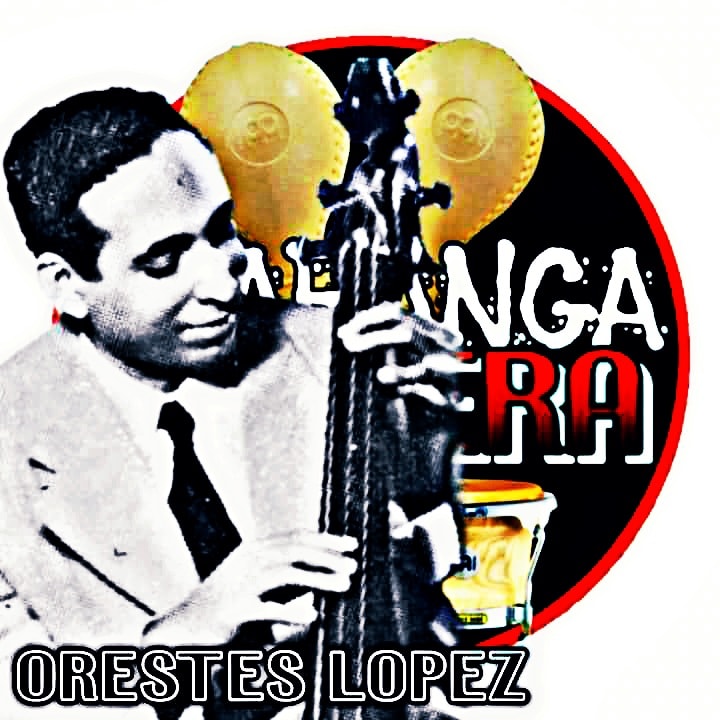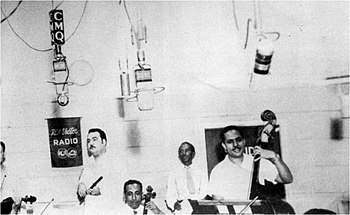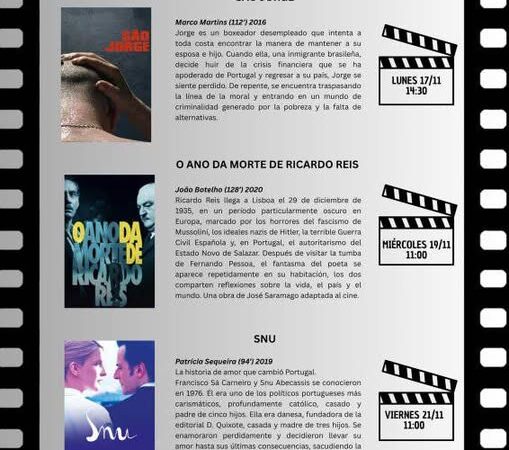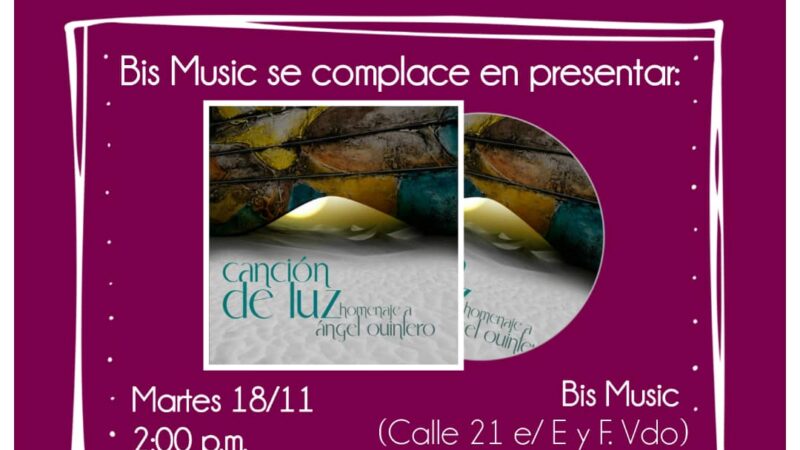Orestes López and the Conception of Mambo

Orestes López was born into a family of musicians. His mother played the guitar and piano, while his father, a trained musician, mastered the double bass and trombone. López began his musical studies at the age of eight, and his father later enrolled him at the Casino Música Conservatory, where he studied under the guidance of Fernando Carnicer. This rigorous training allowed López to master the double bass, cello, and later the five-key flute and violin. By the height of his career, he had become proficient in over a dozen instruments.
At the age of 16, López debuted as a double bassist with the Havana Philharmonic Orchestra, conducted by Spanish director Pedro San Juan. His versatility as a musician was evident as he seamlessly transitioned between various ensembles, excelling in both piano and bass. Among these groups were Armando Romeu’s orchestra, Ernesto Muñoz Justiniani’s ensemble, and the Ideal Orchestra led by Joseíto Valdés.
A pivotal moment in López’s career came with his involvement in the orchestra Arcano y sus Maravillas. Alongside his brother Israel, he pioneered a new musical style that would later crystallize into the mambo genre. López also led other groups, including the López Barroso Orchestra, the Unión Orchestra, and the López-Barroso Ensemble.

One of his most celebrated compositions, Danzón con Mambo, was created during his tenure with Arcano y sus Maravillas. In this piece, López introduced variations inspired by son music at the end of the arrangements, creating a new type of danzón and adding a distinctive style to the group’s repertoire. This innovation included the syncopated rhythms popularized by eastern Cuban tres players and the use of the tumbadora for rhythmic accents. The syncopation, a defining feature of the new rhythm, was placed in the final section to encourage instrumental improvisation and provide greater enjoyment for dancers.
As López once explained:
“I created another type of danzón with the mambo rhythm. The first part of the danzón was for the clarinet, the second for the violin, and finally, the mambo section. I introduced the rhythm to enrich musical groups, as previously the final section was very short, leaving no room for instrumental solos or for dancers to enjoy. With the mambo, dancers began to feel a different energy. They eagerly awaited the extended section and showed off their best moves.”
Among his most notable compositions are Rapsodia en azul, Soy matancero, Camina Juan Pescao, Nace una estrella, Silvio al bate, and Pasarán los años.
Translated by Luis E. Amador Dominguez
Photo: Tom Datos /Facebook



